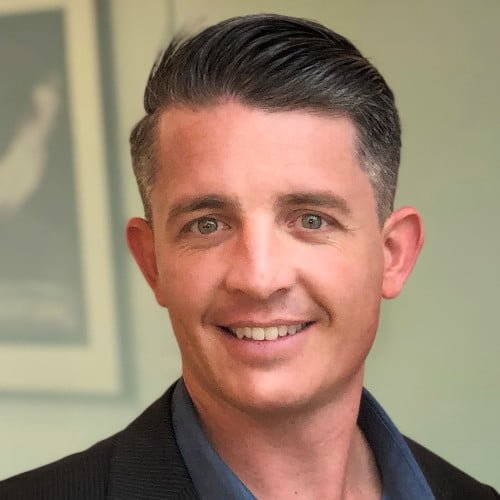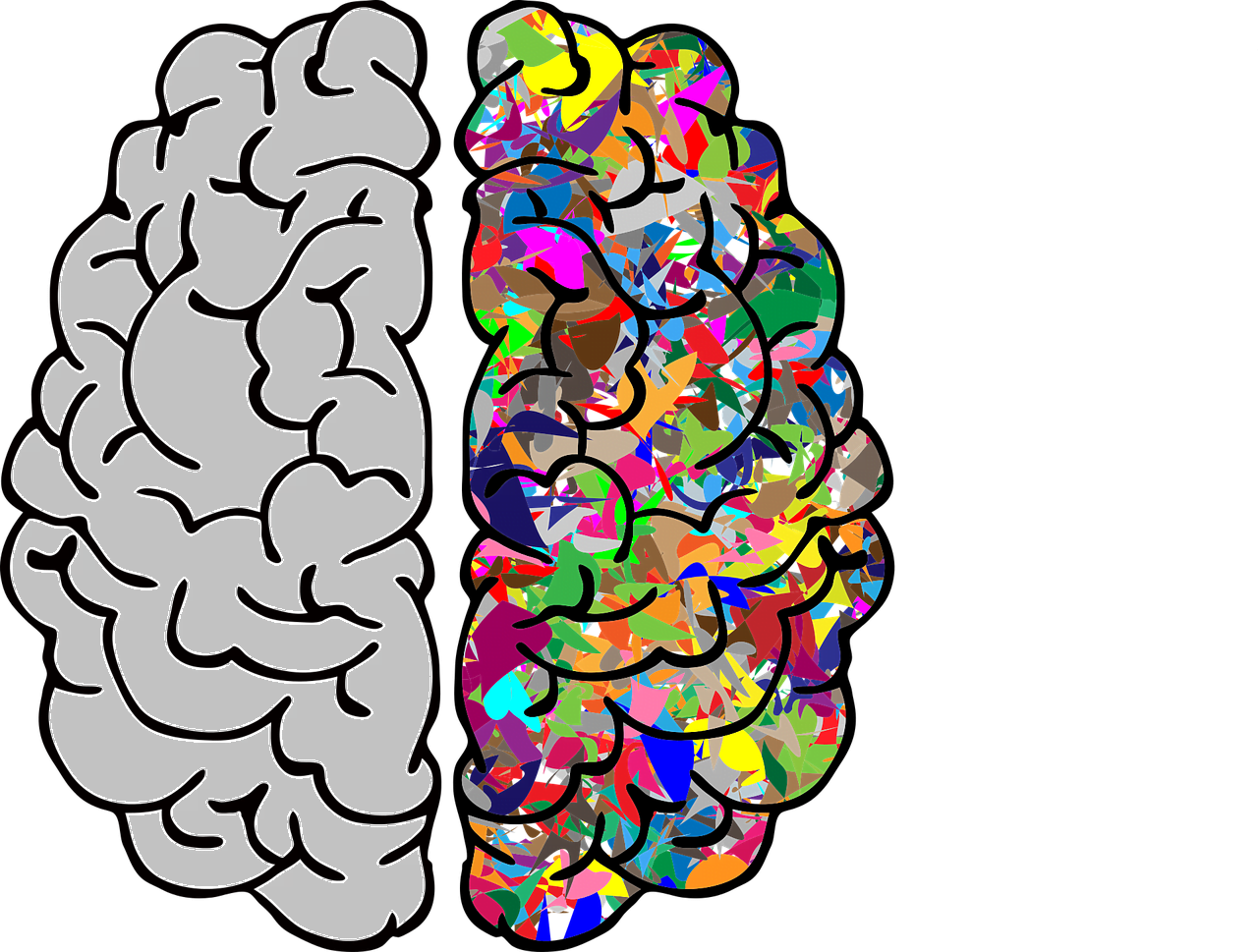Shane Metcalf isn’t shy about his views on HR.
“I have a bone to pick with the term ‘Human Resources,’ ” the co-founder of employee-development software maker 15Five said at the beginning of a recent podcast with Employee Cycle CEO Bruce Marable.
“The language we use is very powerful,” Metcalf said. “[And] humans are not resources. We’re not like coal, to be shoveled into the furnace to burn and extract the value from and then thrown away. We think it’s detrimental to think of your employees as resources. Rather, they are potential to be unlocked.”
Metcalf — who prefers the term People Operations over Human Resources — said he based his beliefs after years of executive coaching, during which time he focused on building cohesive leadership teams.
“I facilitated a lot of co-founder divorces,” he said, which gave him insight on what can go wrong with companies, such as: How does culture go off the rails and how do you get it back on track?
‘A Crisis of Engagement’
Metcalf says the current model of employees-as-resources has been harmful for both workers and organizations.
“The term ‘HR’ reduces these dynamic, complex animals that we are down to the [as author Dan Pink writes] ‘single-minded economic robot,’ ” he said. “[The idea] that we can easily reduce all of the wonders and challenges of a human being into something as simple as a resource is a shame and part of the crisis of engagement we see in this country and world today,” he said.
Shifting away from ”this old paradigm of humans as resources” to one of people and culture is what Metcalf’s company strives to achieve with its clients, including a focus on the idea of the “whole self.”
“What we need to do,” Metcalf said, “is design organizations and management structures that actually do in fact support the whole human being, not just one slice of it.”
And companies are starting to realize the bottom-line benefits of such programs, Metcalf said.
“By helping people be and become the best versions of themselves, that’s good for business, so there’s economic incentive for companies to get good at this.”
And if companies can design a culture that makes people feel like they belong, Metcalf said, it could have tremendous benefits for the organization.
“When people feel a sense of belonging, they don’t want to leave, and when they are growing their self-esteem, they are excited to use their gifts to give back. … That’s the opportunity that companies have.”
Beginning with Intention
Frustratingly for employers, there’s no cookie-cutter answer when it comes to how to get employees to strive to reach their full potential, Metcalf said.
“When it comes to what it truly means to living your life at its best, it’s really an individualized journey that leads to transformation.”
While Metcalf said companies should employ a customized, varied approach, “It all has to start with intention.”
“If all I care about [for my organization] is making money … it’s not going to work,” he said. “So much of what we’re training business leaders to think about is expanding the context of why your company exists.”
And part of that growing context should include a desire to develop your workers with the help of positive psychology, Metcalf said, adding that our brains are in a more creative state when we feel secure and cared for.
To that end, Metcalf advised companies to make concerted efforts at increasing communication.
“You want to create a lot of feedback loops inside your company so you’re asking more questions and having better conversations, both at individual manager employee level, but also at the leadership/people operations level.”
Monday Morning Meditation
So what are some examples of ways to create the best workforce possible?
Metcalf advised using “cultural engineering” to create positive brain states and shared an example of what’s working at his own company.
“Every Monday morning before the company’s all-hands meeting, we do five minutes of gratitude meditation,” he said.
“Whether it be our mothers, the internet, toilet paper, anything that helps us. …[Because] if you focus on what you’re grateful for, you will move your brain into a positive state and that has a really profound impact for long-term happiness.”
Metcalf said the exercise helps keep the company’s employee engagement scores up, citing a 97% “yes” response to the survey question: Are you a better version of yourself for working at this company?
“It’s one of the simplest things we do,” he said, “but it has a huge impact.”
Research has shown that managers need to have a 5:1 ratio of positive to negative interactions with workers in order to sustain a healthy culture, and Meltcalf added that doing employee-centric things like simply saying “thank you” more often is now a necessity in order to keep your top talent from walking out the door.
“We have more power as employees than we’ve ever had before,” Metcalf said. “Which is why business leaders need to get this locked down. People no longer feel the obligation to stay in crappy companies.”
Tired of manually building messy HR reports and spreadsheets? Click to get your demo to learn how to pull and view all your people data in one HR analytics dashboard.












